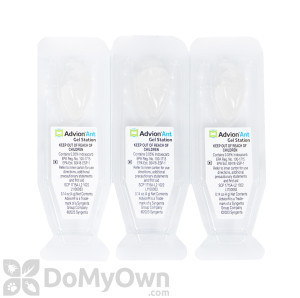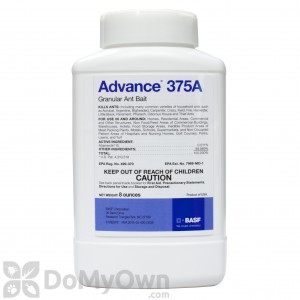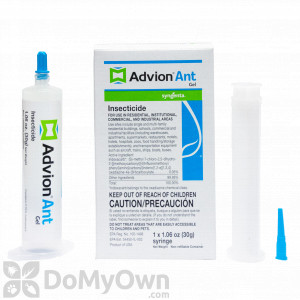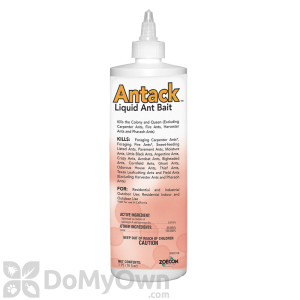Before implementing the following steps, please verify the ant species by reviewing White Footed Ants: Identification & Biology
Let Reduction & Management Be Your Goal
White-footed ants are extremely difficult to eliminate completely from a structure once they have inhabited it.
The reasons are:
1) Toxic baits may eliminate individual ants, but won't wipe out entire colonies since they don't take food back to the colony and regurgitate it like most other ant species;
2) Sterile workers lay unfertilized eggs which are fed to the adults in the colony, so even if you successfully eliminate food sources they may still thrive;
3) White-footed ants reproduce at phenomenal rates, and satellite colonies may be established over a wide area as part of one super colony.
However, using the following methods over time and with a concentrated effort, you can keep an existing infestation under tight control, or prevent un-infested buildings from new invasion.
Step 1) Keep Them Out
It is easy for white-footed ants and other small insects to gain access to homes and buildings through tiny cracks or gaps in the foundation (most often around doors and windows.) These areas should be thoroughly inspected and potential entry points sealed up by caulk or other exclusion material.
Step 2) Treat Outdoor Ant Mounds
All outdoor mounds visible upon a thorough inspection can be eliminating by drenching the mound by the same Talstar concentrate used on door and window frames. This is best done using a gallon sprayer. Drenching simply means applying enough of the liquid insecticide to drown all ants in the nest and surrounding area. Always read the product label for specific directions on mound treatments. Pets and children should be kept away from the treated area until the solution has dried.
Broadcasting the entire outdoor property at least 3 times a year with Talstar Granules will also help to manage outdoor mounds. Read more information on how to treat ant nests outdoors and indoors.
Step 3) Spray & Dust Treatments
Spray Treatments : In addition to treating the colony, do a thorough inspection inside and outside for any additional trails, entry points, and hiding places. Each location where White-footed Ant activity is sighted or suspected should be treated with Talstar to kill any existing ants while preventing new colonies from budding.
For outdoor spraying: Spray a good barrier around the home using a one gallon sprayer. A fan spray that is at least 3 feet high on the side of the building and 3 to 6 feet out on the ground will provide excellent protection.
Dust Treatments: White-footed are known to respond very weakly to baits, so indoor colonies should instead be treated with a residual dust pesticide. Dust underneath baseboards, and inside cracks, crevices, and voids where activity is suspected, including all areas that cannot be sprayed with Delta Dust Insecticide. This is easy to apply using a professional Hand Duster.
Step 4) Baits
As stated earlier, toxic baits can only eliminate half of a white-footed ant colony at best, with only half of its workers foraging on food sources outside the nest. White-footed ants will not bait-share so the half of the colony that "stays home" will never be exposed to the poison. If you wish to bait indoors to reduce colony size, try either Advance Liquid Ant Bait or Advance 360A Dual Choice Ant Bait Stations
Additional Methods for Ant Prevention & Control
After you have applied the appropriate pesticide chemicals, these additional non chemical methods will help you to maintain control and prevent future ant infestations:
- Practice good sanitation.
- Limit food preparation and consumption to one or two areas of the home that are cleaned daily. Ants will be less likely to invade if food sources (like crumbs and spills) are not available.
- Eliminate gaps and cracks in the foundation, baseboards, window frames, and door frames with caulk or other appropriate material to eliminate ant entryways.
- Materials such as stacked or piled lumber, stones, bricks, leaf litter, heavy mulch, and other debris that serve as potential ant harborages should be removed as far from the structure as possible.
- Trim the branches of trees, shrubs, and other vegetation that may serve as ant highways so they do not touch the structure.
- Repair leaky pipes and faucets.
Products
Ant Control products






